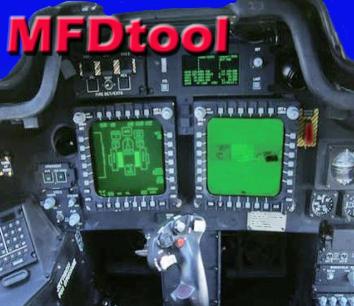
Background
Many computer devices for information display involve fixed hardware switches and flexible software pages. These types of devices are called multifunction displays (MFDs) or multipurpose displays. The information in these devices is often arranged hierarchically so that a user starts at a top level and moves down the hierarchy by selecting appropriate MFD pages. Often the hardware devices are real or simulated buttons that remain in fixed positions. Common examples of MFDs include automated teller machines, pagers, aircraft cockpit display panels, and various medical devices. As the user moves through the hierarchy, the MFD screen changes, thereby providing information to the user. The creation of effective MFDs is a difficult task, and designers must decide how many buttons to include, the hierarchical arrangement of information, and the mapping of page labels to hardware (typically buttons). MFDTool is a computer program that helps in the last of these tasks.
You can download a demo version of MFDTool (1.3, February 2001) from this page. It is available in several formats:
- MS Windows: Installer program. Includes both MFDTool 1.3 and the User's Guide.
- Any operating system: MFDTool1.3.tgz Includes both MFDTool 1.3 and the User's Guide.
MFDTool is written in Java, so it will run on any computer operating system that has a working Java virtual machine (VM). Java VMs are available for nearly every modern operating system; so in principle, MFDTool should run almost anywhere. MFDTool does not come with a Java VM, but one can be freely downloaded from http://www.javasoft.com. You will need to download either the Java Development Kit (JDK) or the Java Runtime Environment (JRE). (Although many web browsers include a Java VM, they cannot run MFDTool. MFDTool must read from and write to the computer's hard drive, and the Java VM in web browsers prohibits such actions.)
The views, opinions, and/or findings contained in this report are those of the author and should not be construed as an official Department of the Army position, policy, or decision, unless so designated by other documentation.
This work was supported by the U.S. Army Aeromedical Research Laboratory (Kent Kimball, Ph.D.) under the auspices of the U.S. Army Research Office Scientific Services Program administered by Battelle (Delivery Order 398, Contract No. DAAHO4-96-C-0086 and Delivery Order 547, Contract No. DAAL03-86-D-0001).
Last updated 12 March 2002.

